Description
Designed solely for thrusting against an armored opponent, this dagger is very stoutly
constructed of solid steel, with thick tapering 12 3/4″ asymmetrical hollow-ground blade.
Guard and pommel are both a thick 2″ diameter round disc with notched cogwheel edges.
The solid steel grip is of hexagonal section with cross-hatching; the upper portion being of
turned baluster shape with cross-hatching. Shows great age, with moderate pitting and
even, stabilized black rust patina. Overall length 17 1/8″. A nearly identical example is
illustrated in “Europaische Hieb-und Stich Waffen”, by Muller, Kolling, and Platow
(published 1984), page 174, fig. 38. A very rare untouched piece of medieval history,
possibly used at the famous Battle of Agincourt.
This style dagger is known as a rondel dagger due to it’s round-shaped guard and pommel,
though it can also be classified as a “Misericorde”. The latter name is a French term
derived from the Latin “misericordia”, meaning “act of mercy”. The intent of such daggers
was to dispatch a seriously wounded knight and end his suffering. Such daggers were
known to have been used at the famous Battle of Agincourt in 1415, when a force of
English knights, men-at-arms, and longbowmen under the command of Henry V, defeated a
much larger force of French knights, men-at-arms, and crossbowmen. Despite the code of
chivalry and the value of ransomed prisoners, Henry ordered the killing of many of the
prisoners because he saw the French forming for what he feared would be a renewed
attack, which could have caused an uprising among the prisoners. When the French fled
the field of battle, he ordered the killing to cease. Despite the overwhelming English victory,
the result of the battle had little effect on the continuing Hundred Years War, which was
ultimately won by the French. Henry returned to England the following month, but the
French nobility and military were decimated, with entire noble families being wiped out.

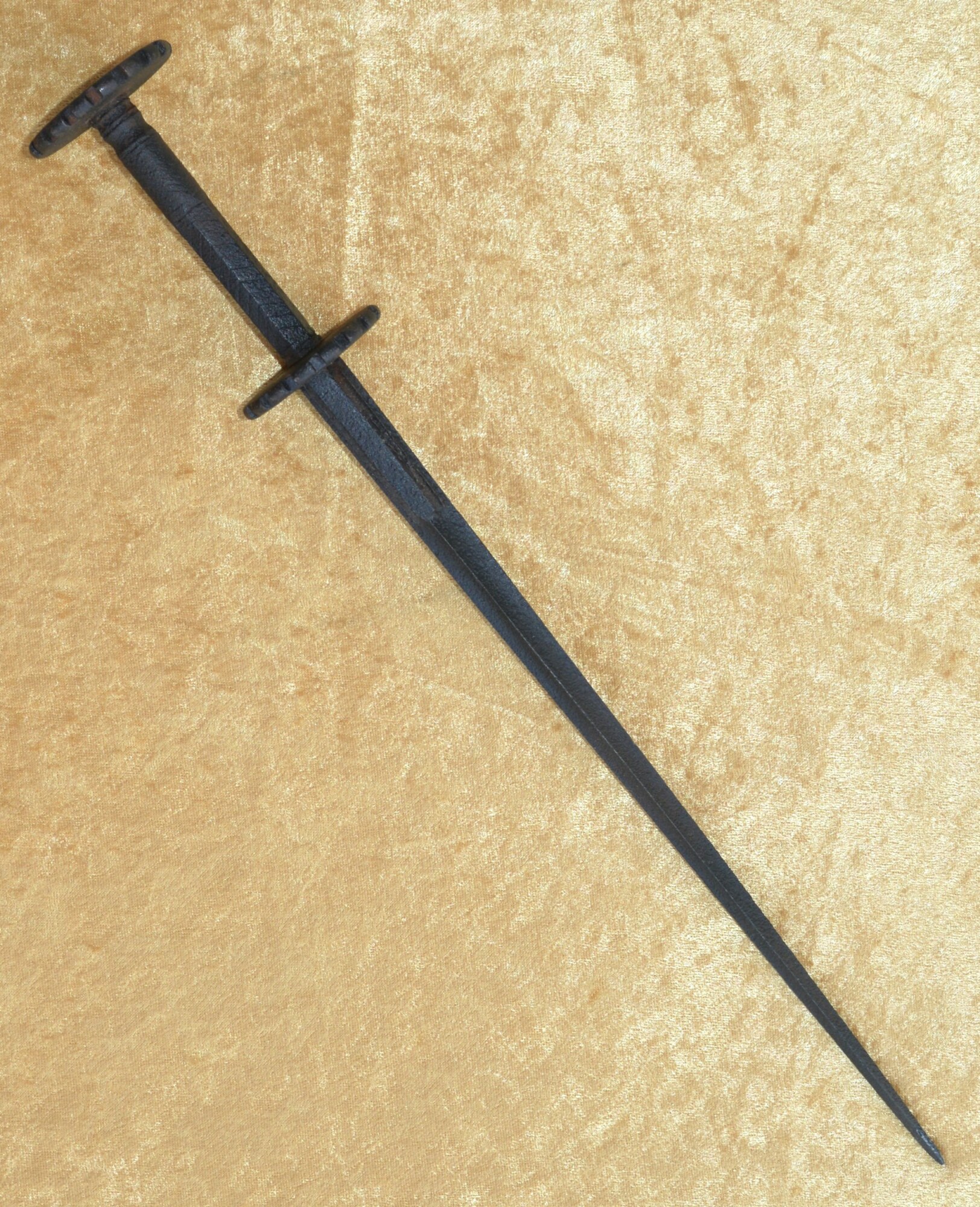
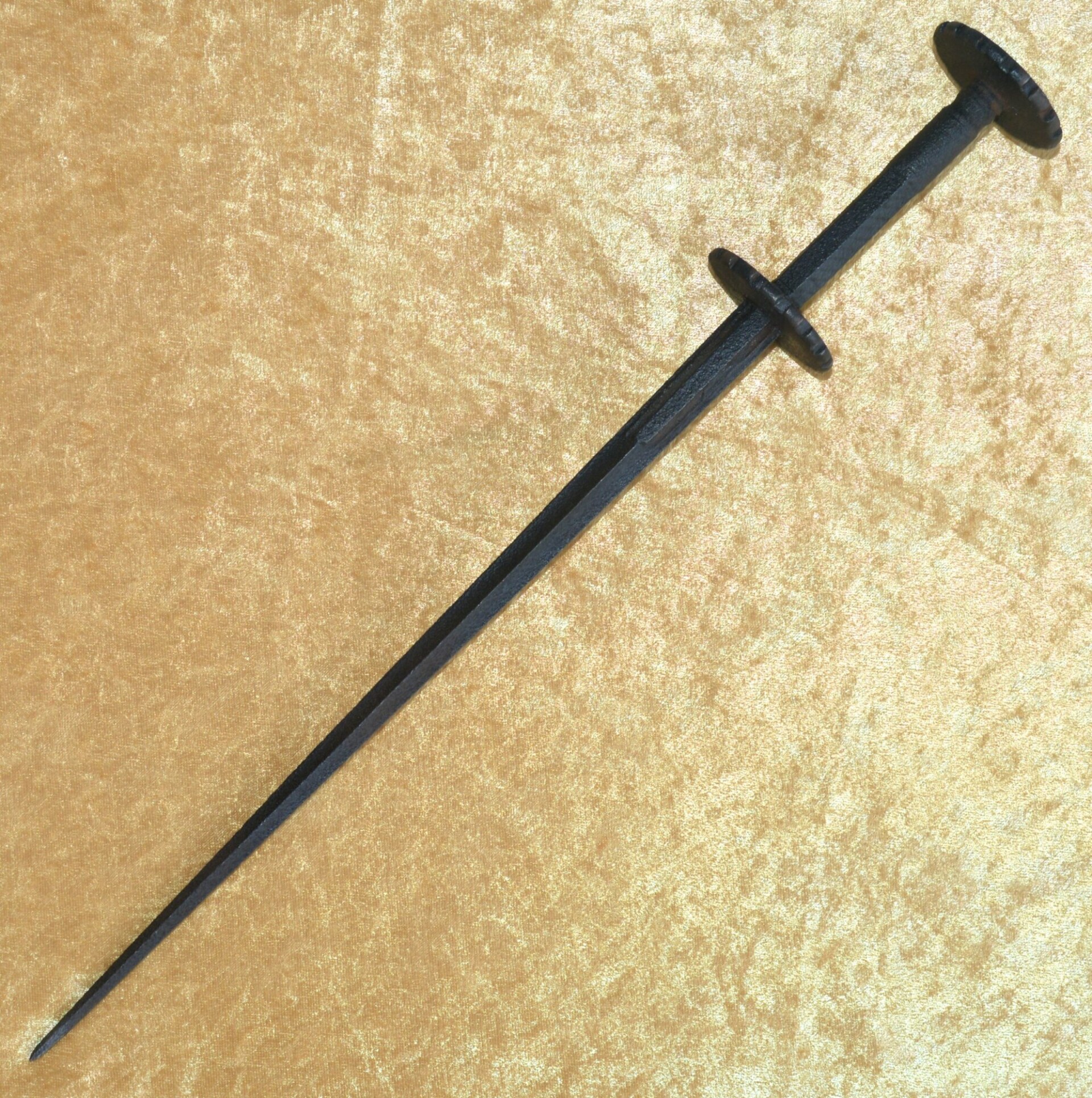
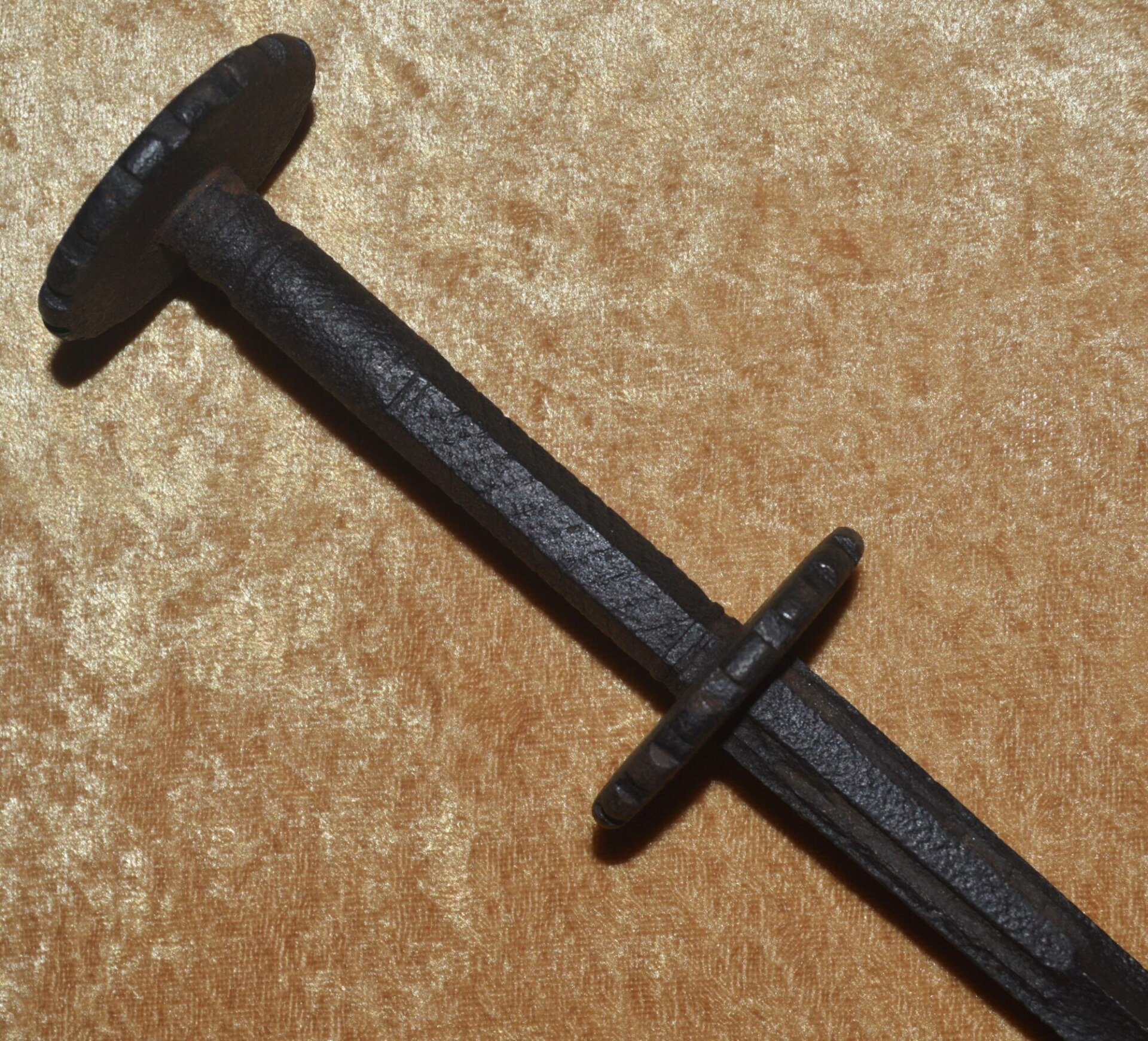
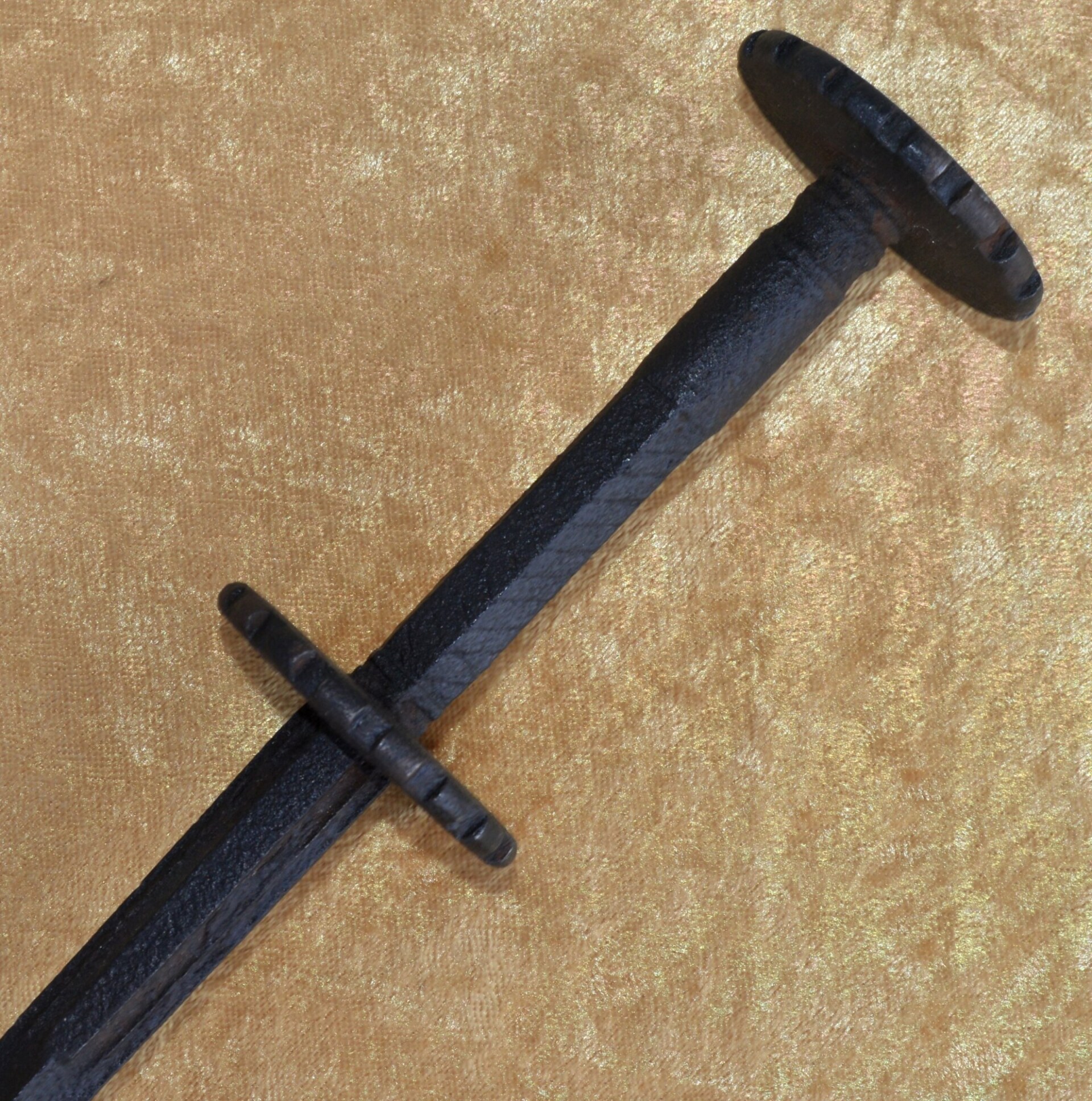
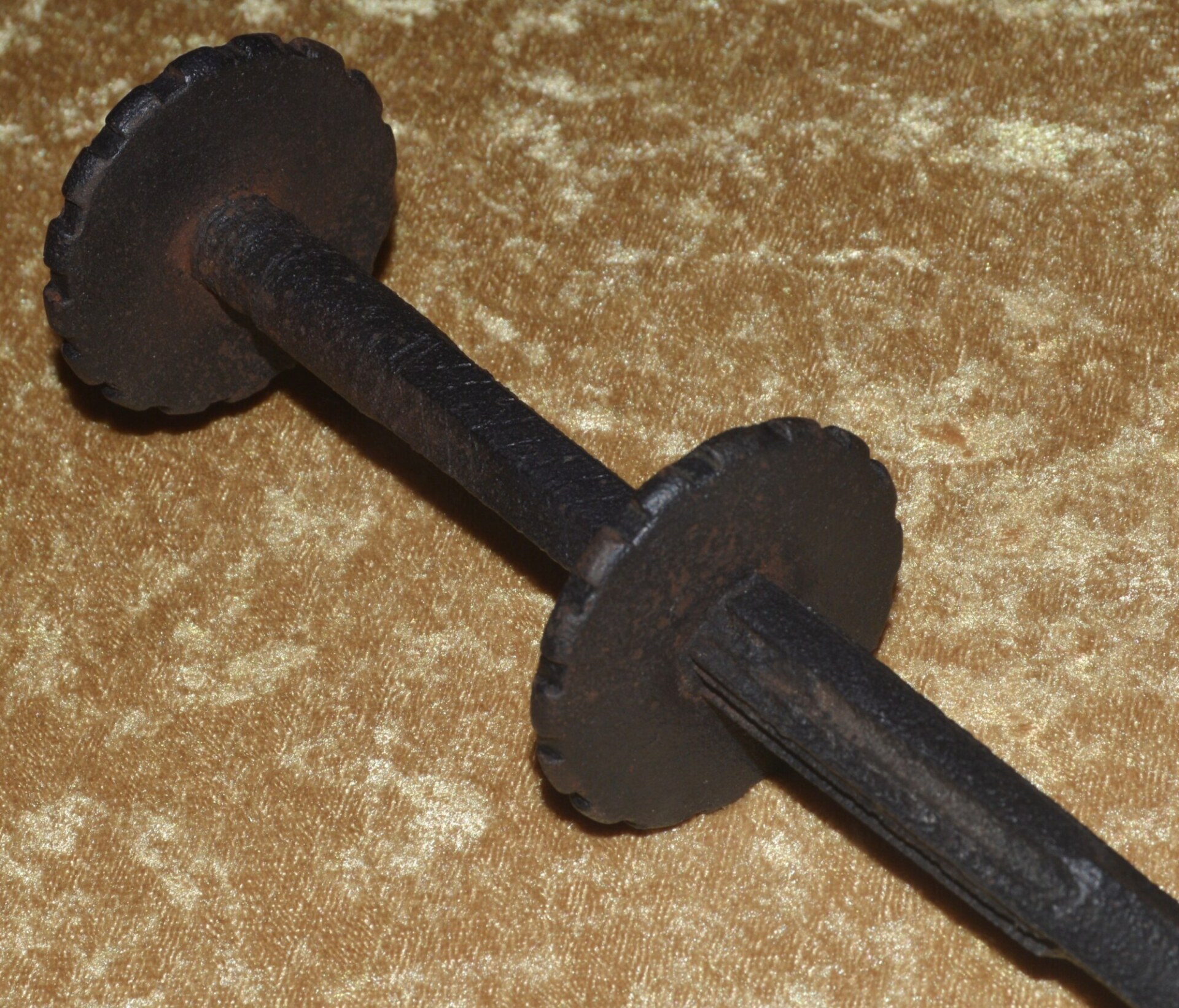
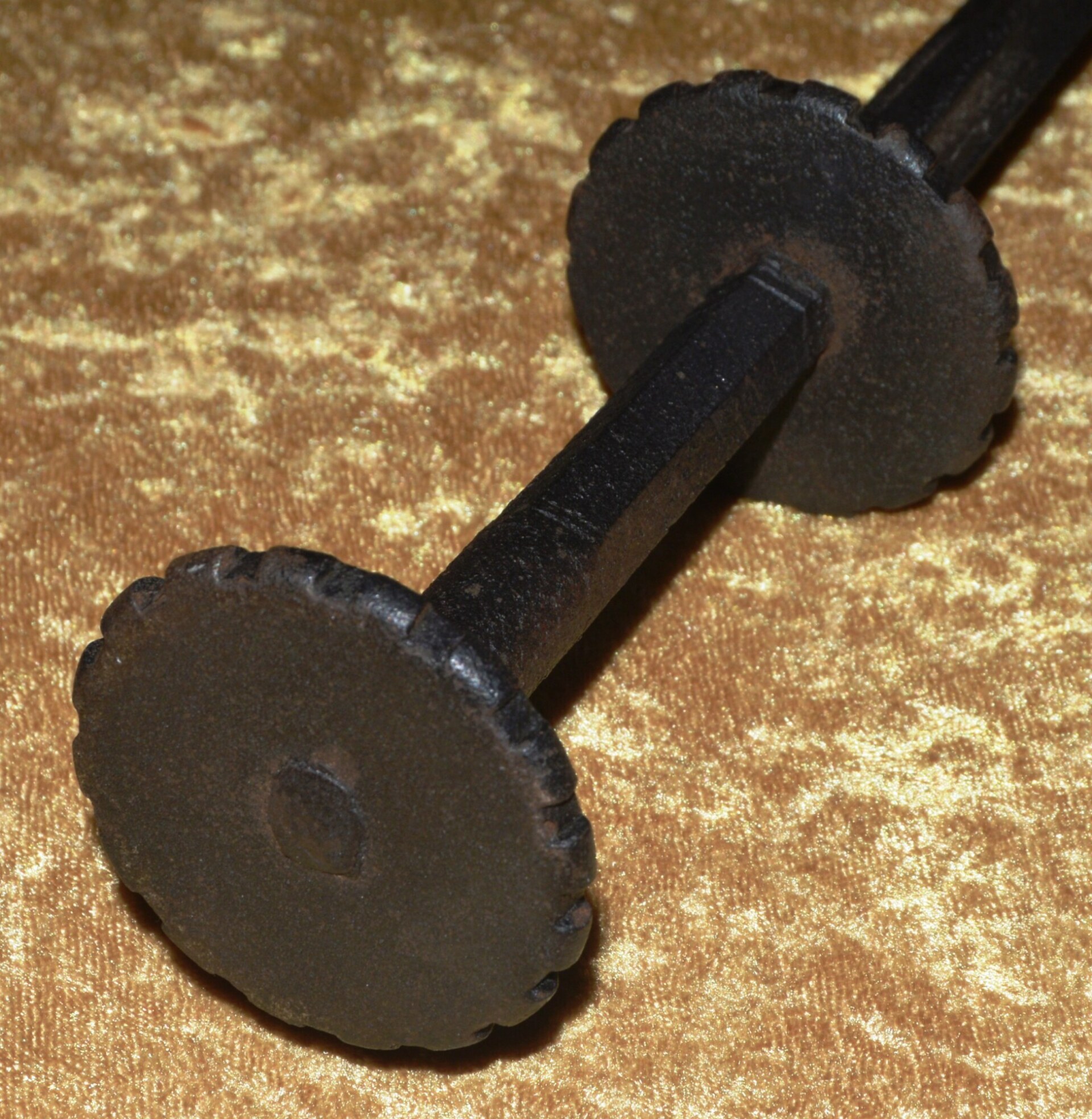
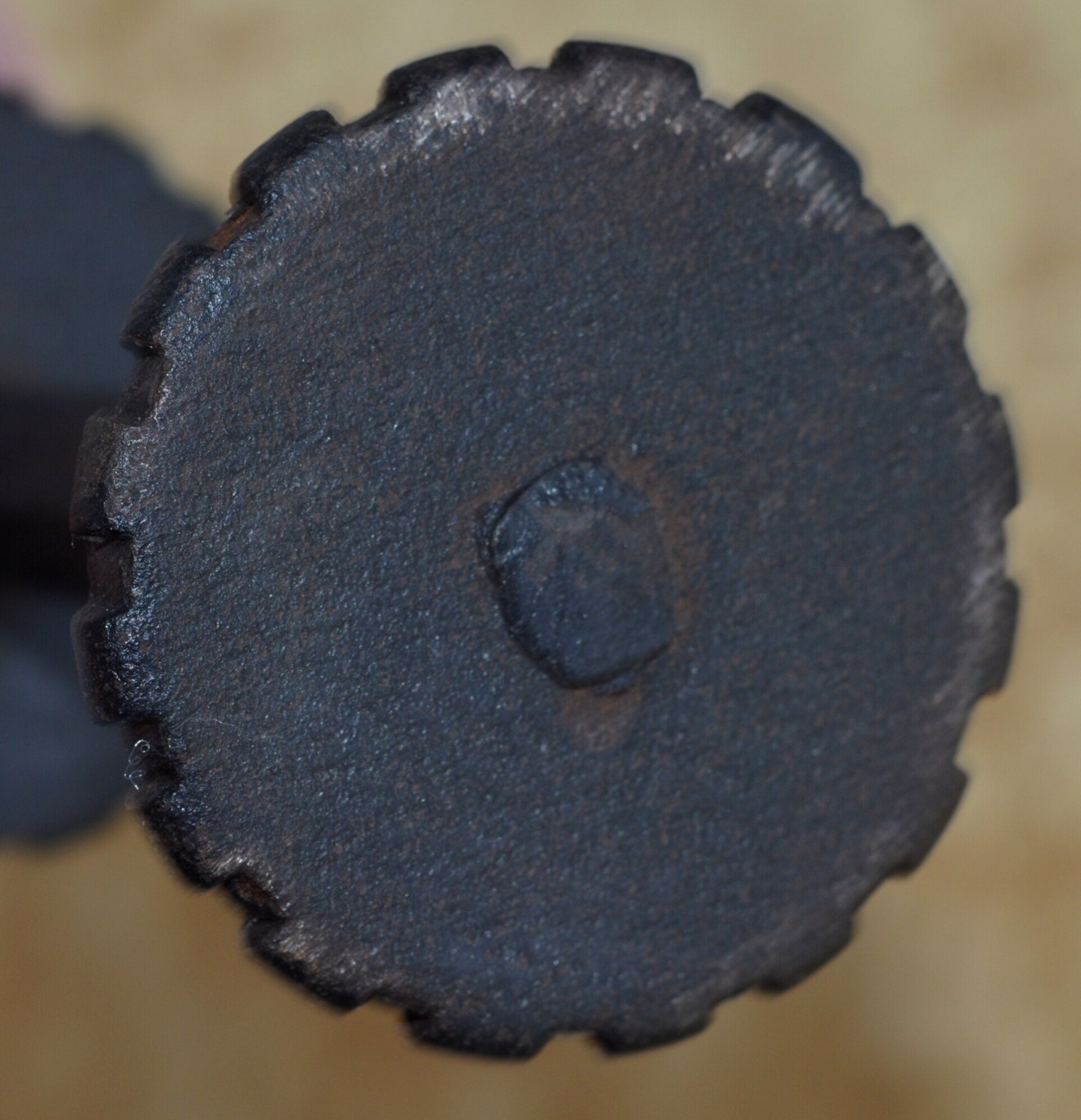
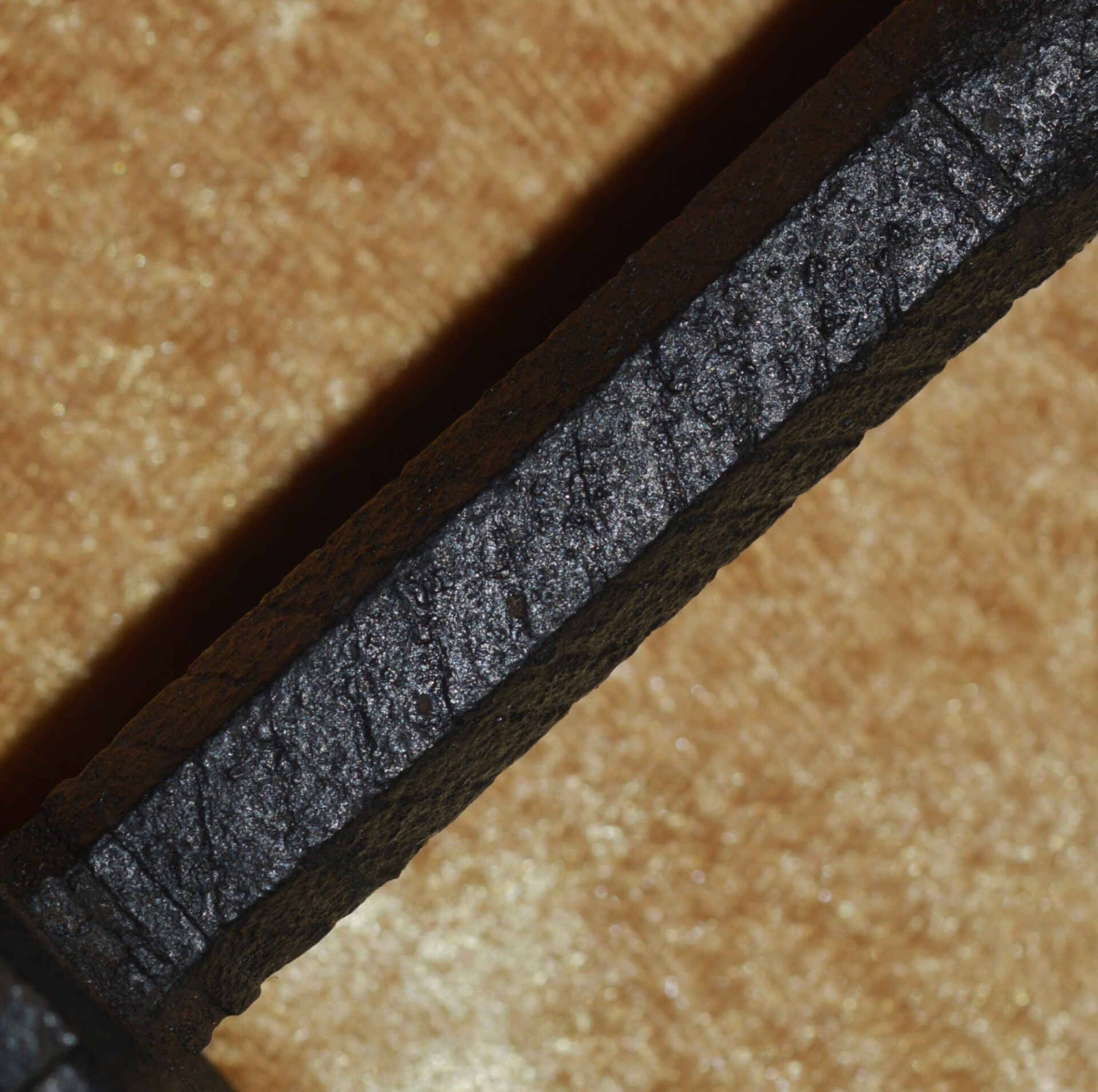
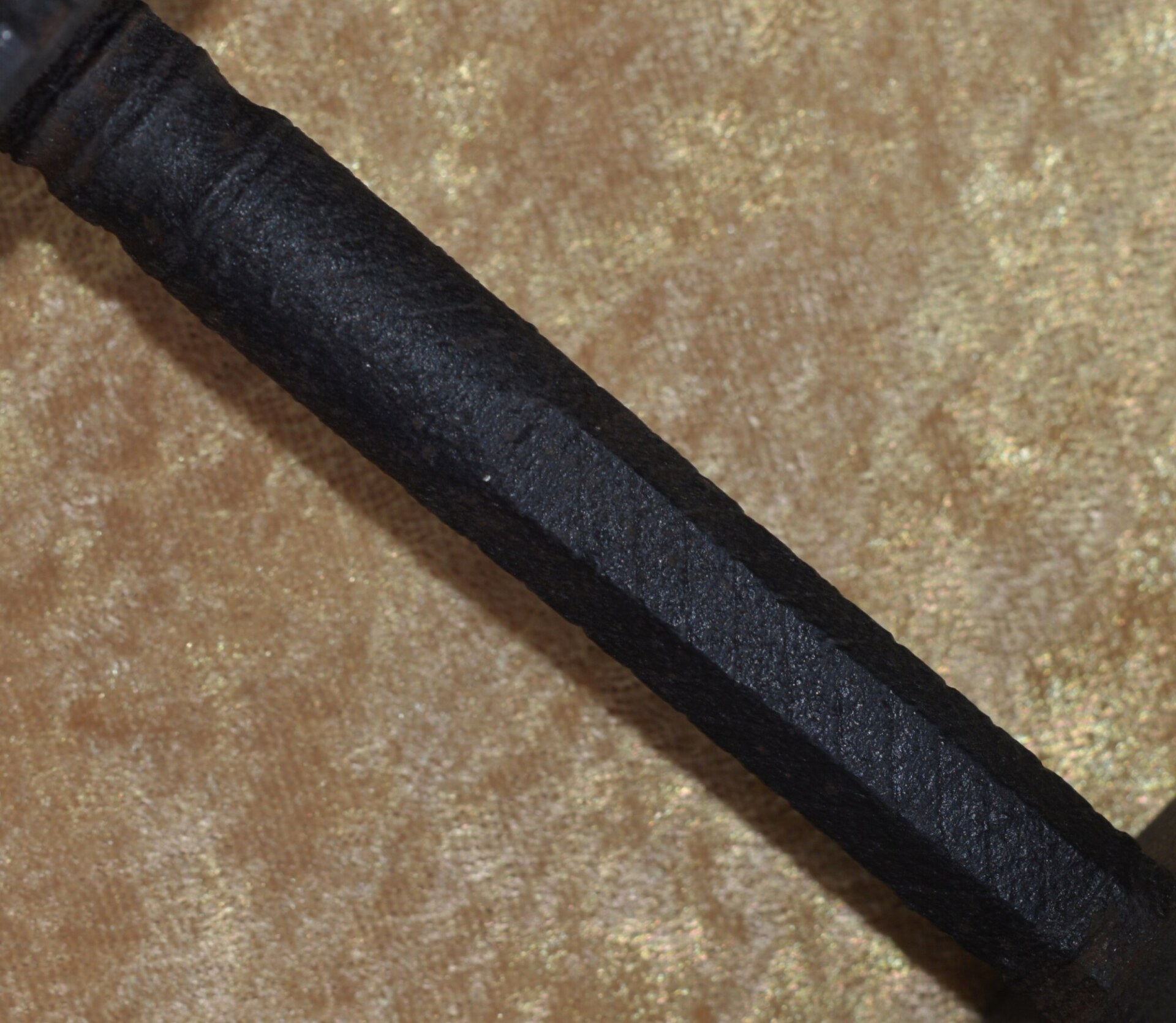
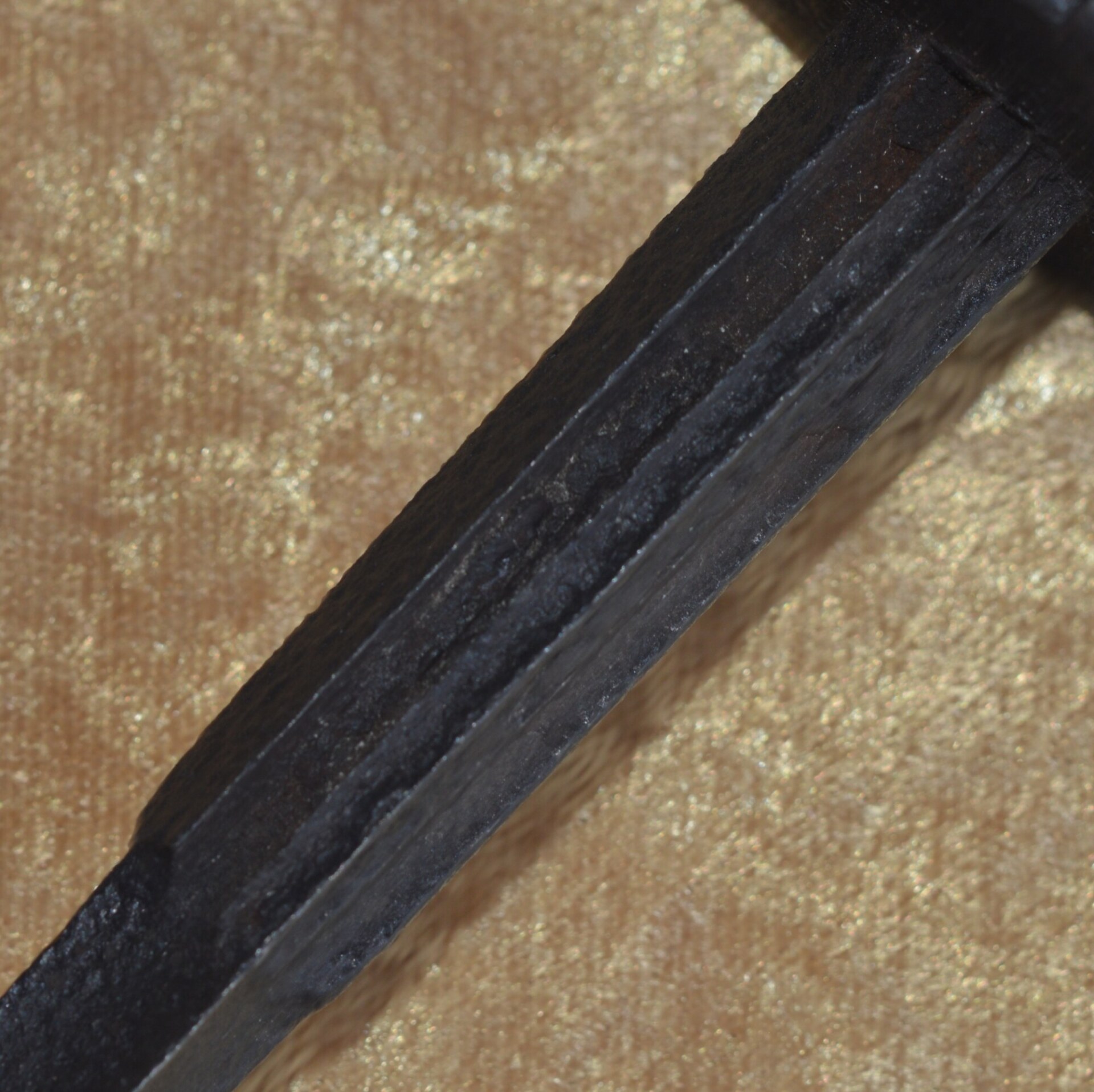
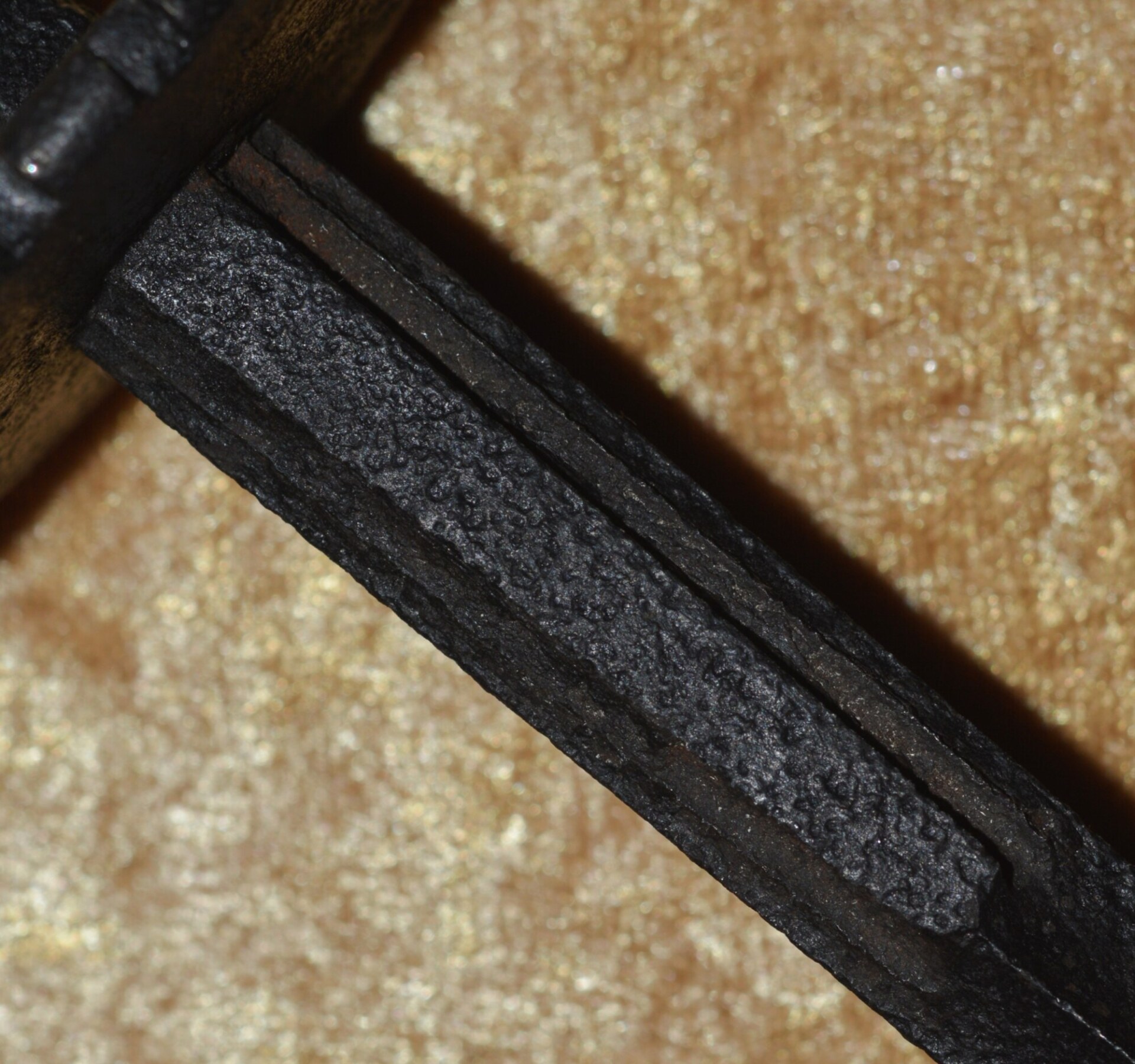
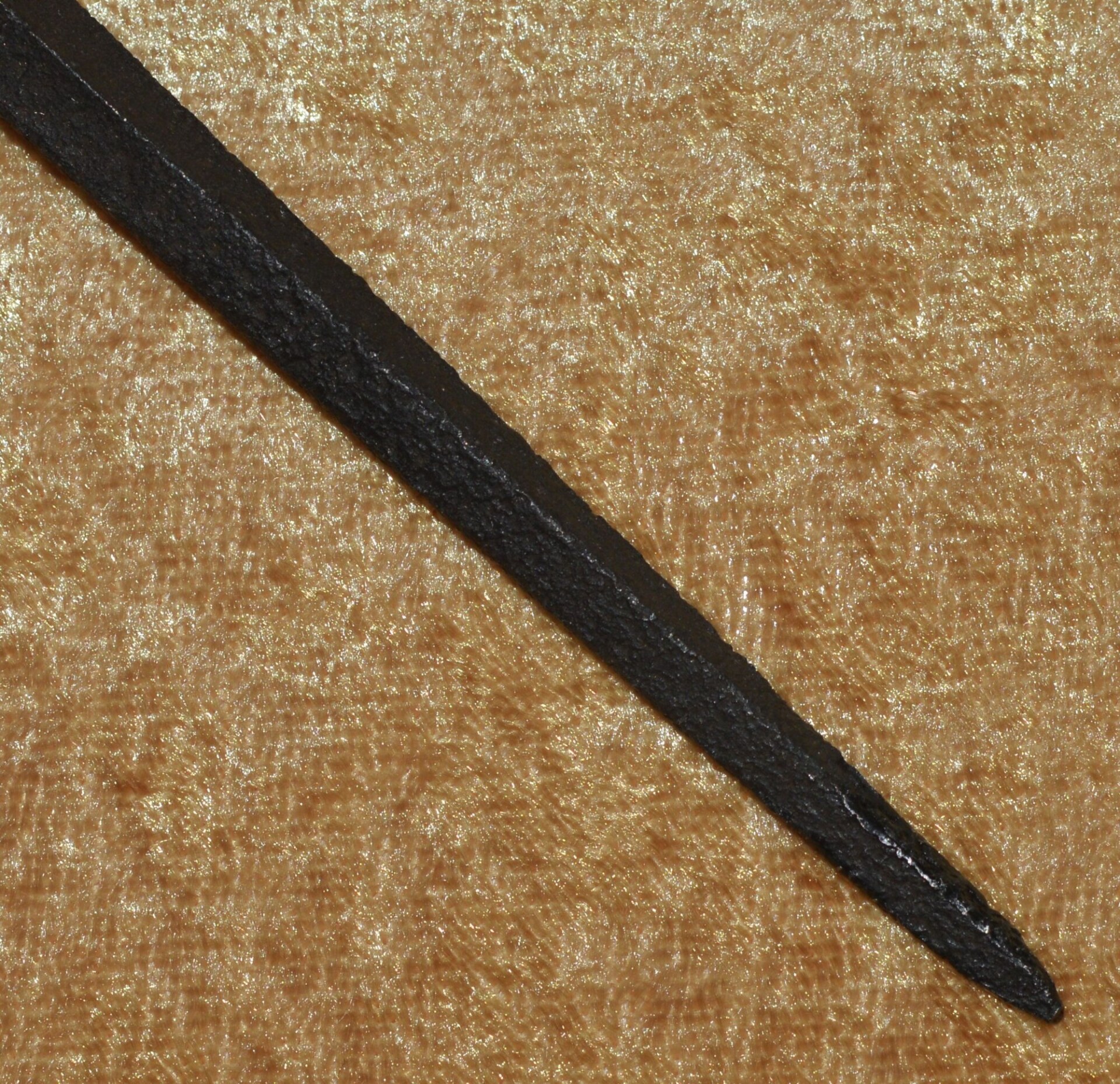
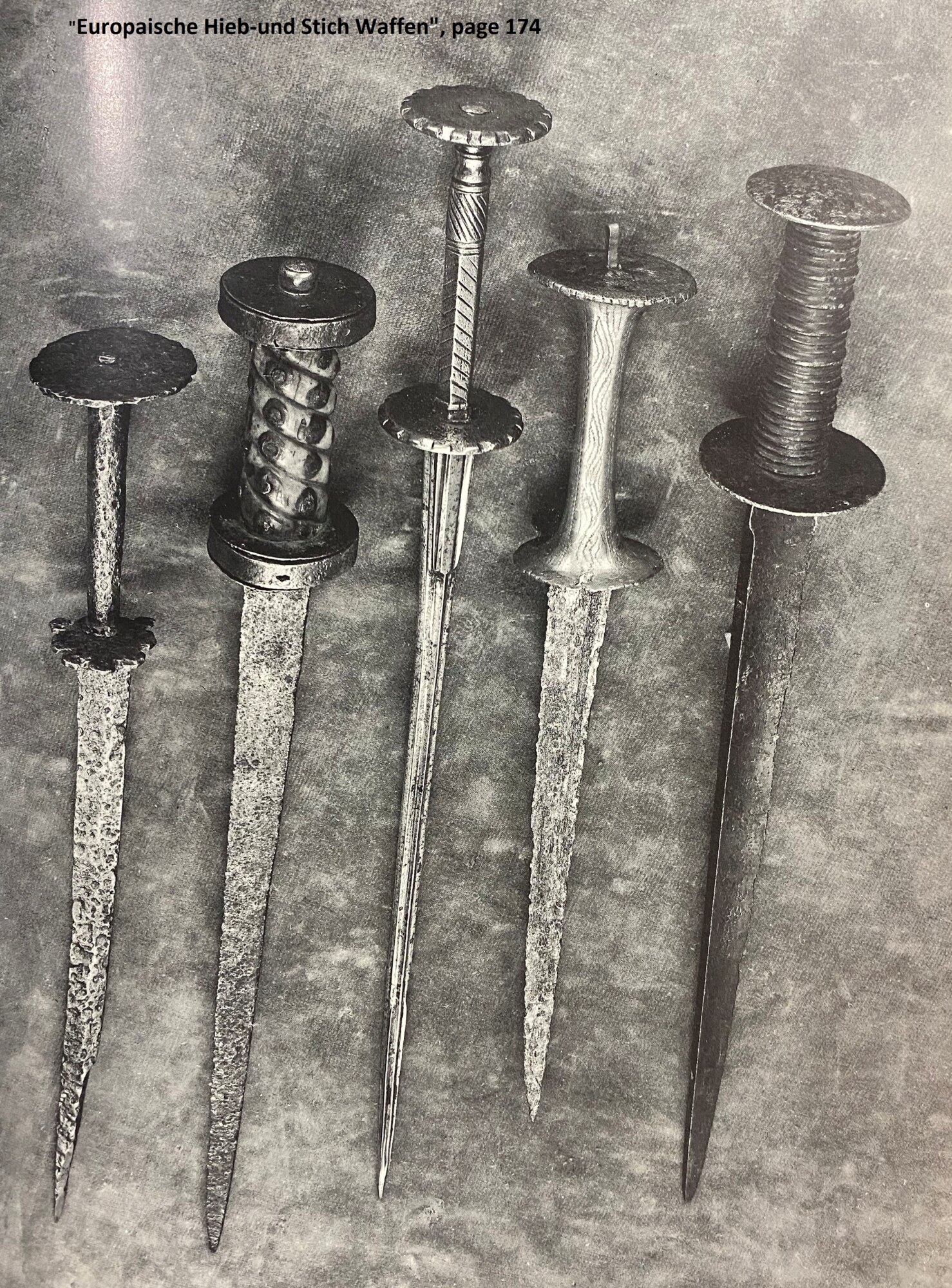
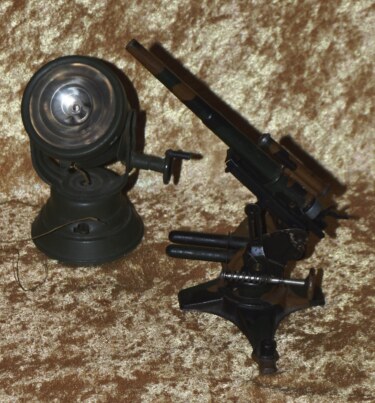 German Pre-WWII Tipp & Co. Model 8.8 cm Flak 36 Gun and Searchlight
German Pre-WWII Tipp & Co. Model 8.8 cm Flak 36 Gun and Searchlight 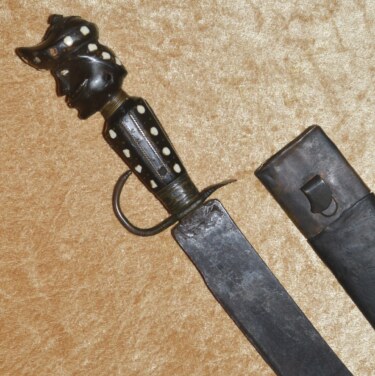 Unique Italian (Genoa) Cutlass, Early 18th C
Unique Italian (Genoa) Cutlass, Early 18th C 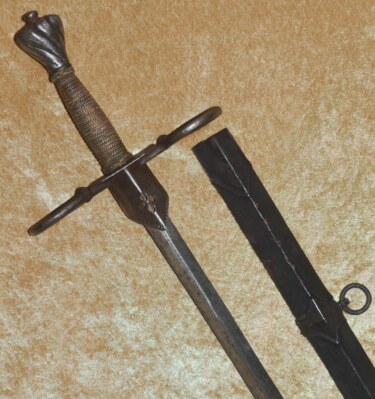 Rare Styrian (Austrian) Estoc with Scabbard, Late 16th C
Rare Styrian (Austrian) Estoc with Scabbard, Late 16th C  17th C Halberd, Probably English
17th C Halberd, Probably English